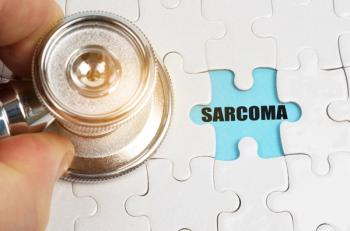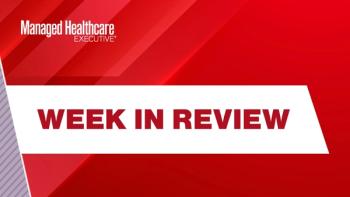
7 strategies for managing the rise in specialty drug costs
Utilize pharmacy benefit tools and member engagement strategies
By 2018, specialty drug expenses will comprise 60% of all drug spend, 3 times more than 2014, according to Prime Therapeutics 2014 Report on prescription drug cost analysis.
This means using pharmacy benefit tools and member engagement strategies to manage them effectively is important, according to Peter Wickersham, senior vice president, integrated care and specialty at Prime.
“As pharmacy costs accelerate, appropriate and aggressive management of specialty drugs is the key to staying ahead,” Wickersham said.
Prime recommends 7 strategies for managing the steady rise in these costs:
1. Bridge the benefit divide. Use combined pharmacy and medical benefit data to see the full scope of specialty spending and seek solutions.
2. Focus on the biggest issues. Use combined data to target the most urgent issues and focus on the areas that can provide the greatest return on investment.
3. Narrow the specialty network. Use cost-effective distribution channels and limit the number of distributors to secure lower prices.
Net cost per prescription offers the clearest picture of where prescriptions costs start and how they compare among pharmacy benefit managers (PBM), according to Wickersham.
“Specialty drugs are the clear driver of the net ingredient cost increase,” he said.
According to the report, specialty net ingredient costs increased 14.4% , reaching an average cost of $3,150. Inflation was the main factor, but increased adoption of more expensive specialty treatments also played a role.
Despite higher ingredient costs for both brand-name and generic drugs, traditional drug costs decreased in aggregate-1.0% because of the continued shift toward generics and other less expensive traditional drugs, according to the report.
The report looked at changes in Prime Therapeutics’ drug costs, utilization and other key measures that affect pharmacy spending. Data from Jan. 1, 2013 to Dec. 31, 2013 was compared with data from the same period in 2012. Pharmacy trend data represented close to 145 million commercial claims processed in 2013. Claim counts were assigned based on days supply, and 90-day fills were converted to carry the same weight as 30-day retail fills. Medical trend data came from combined medical and pharmacy benefit data for 10.8 million commercial members.
In the past, many commonly used and low-cost drugs were excluded from specialty classifications. Today, these drugs are frequently being included, a redefinition that makes specialty drug trend appear lower. Given the extreme variability of specialty drug costs, the definition truly makes a difference. Prime’s defines specialty as “all drugs managed through our specialty program.” This is equivalent to approximately 0.4% of all commercial claims.
4. Embrace a management mindset. Make sure the right specialty drugs are used properly by those who will benefit the most.
5. Promote preferred drug use. Build plans that encourage desired behaviors.
6. Protect members from high costs. Limit members’ out-of-pocket costs and use available tools to reduce the burden on highly vulnerable members.
7. Pick the right partner: Select a trusted advisor with comprehensive capabilities and deep connections to help anticipate and address specialty drug challenges
Newsletter
Get the latest industry news, event updates, and more from Managed healthcare Executive.

















































